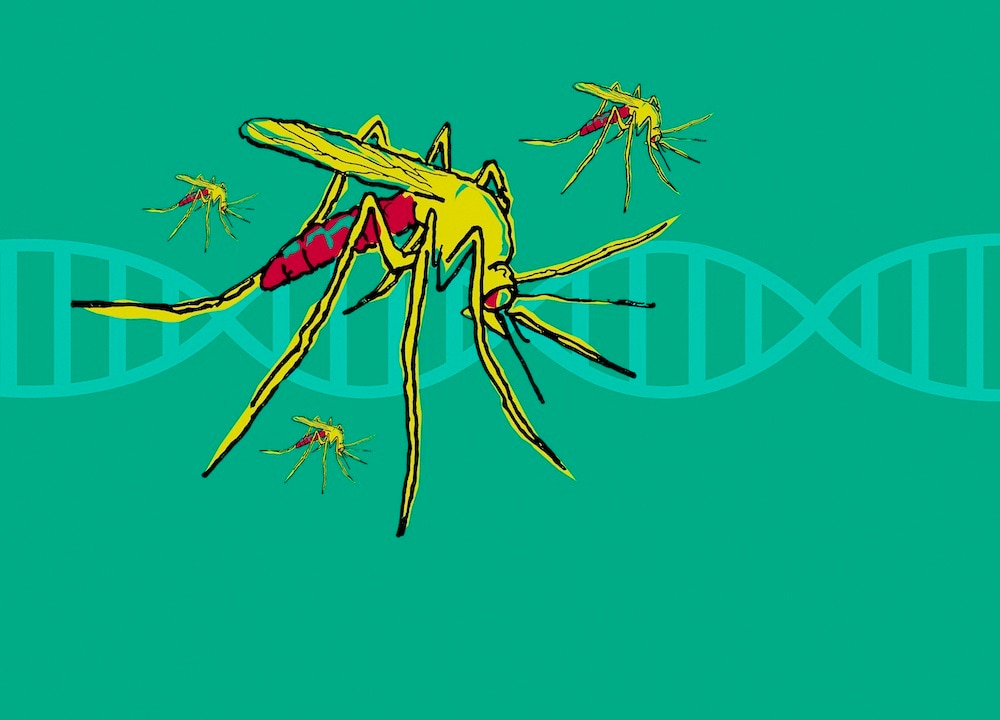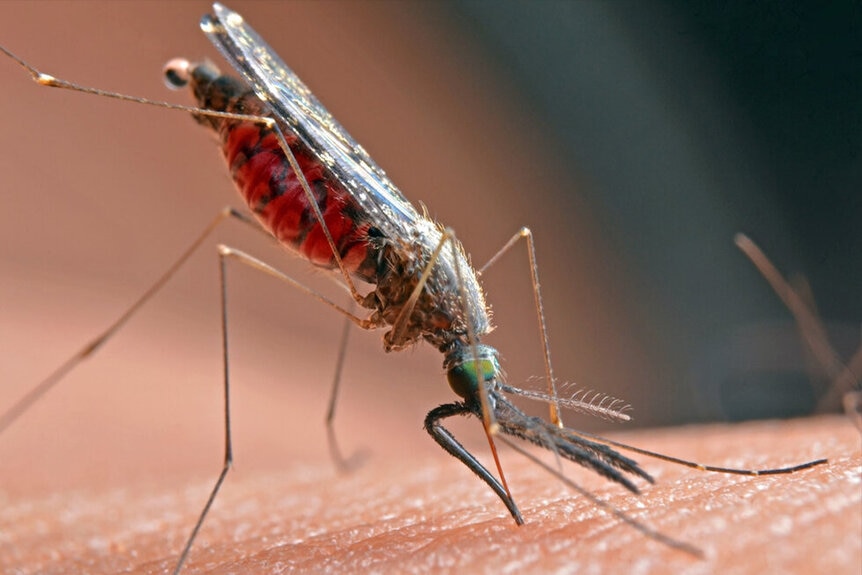Create a free profile to get unlimited access to exclusive videos, sweepstakes, and more!
Genetically modified mosquitos kill their own offspring
It's hard to spread disease if you're never born.

When we think about dangerous animals, we often conjure images of sharks, snakes, or even hippos, but if you want to find the world’s deadliest animal, you’ll have to think smaller. Mosquitos are responsible for over a million deaths worldwide each year. Worse, as a consequence of increased global transit, species of mosquito which were previously geographically isolated are now finding their way all over the world, increasing disease transmission.
Aedes aegypti, for instance, is a species of mosquito which was previously constrained to the African continent but has spread around the world in recent decades. In 2013, it was observed in California, and as of this year it has been found in at least 22 countries. A. aegypti are regular carriers of dengue, zika, yellow fever, and other diseases which are passed from person to person when females of the species feed on human blood.
Mosquito populations present a significant public health concern around the world and a number of strategies have been attempted to curb the impact on human life. Now scientists are experimenting with genetic modification as a novel strategy for reducing mosquito populations and disease transmission.
Oxitec, a biotech company, has developed a strain of A. aegypti which they call Friendly. Their modified mosquitos are all males and carry a gene which prevents the birth of females in subsequent generations. In short, they’re reducing disease-carrying mosquitos by killing their babies before they hatch.
The Environmental Protection Agency has granted permission for the release of the experimentally modified mosquitos in Florida, and those same mosquitos may soon be released in California. While the federal government has agreed to the program, permission must also be obtained from the states where the releases will occur before they can proceed. Should California grant permission, populations of modified mosquitos could be released in Stanislaus, Fresno, Tulare, and San Bernadino counties soon.
Once released, modified male mosquitos breed with wild females, delivering the desired gene sequence to the next generation. Any females in the next generation are terminated before being born and all males which are produced carry the same gene, allowing them to continue the cycle through several generations. Oxitec considers the modification inherently self-limiting and estimates that it will vanish from the overall population after a few generations, at which point mosquito populations will return to normal reproduction.
In the meantime, however, the Friendly mosquitos reduce the likelihood of disease transmission in two ways. The most obvious way is through overall population decline. Because all females born of modified males are terminated before hatching, the total number of those broods are roughly half as large. That means that subsequent generations are likewise smaller by virtue of there being fewer breeding females. It creates a sort of bottleneck reducing overall population. More importantly, only female mosquitos take blood meals, making them wholly responsible for disease transmission. That means that offspring produced by genetically modified males have a zero percent chance of transmitting disease.
This type of pest control has additional benefits over traditional methods, in that it is highly targeted. Chemical pesticides have been somewhat successful at controlling mosquito populations, but they also impact the larger environment. There’s also some evidence that mosquitos learn to avoid chemical pesticides over time.
If the program goes forward, scientists could release approximately 2.5 billion mosquitos between now and April of 2024. During that time, they’ll be tracking the movements of the modified mosquitos throughout the population by way of another modification. Their mosquitos have been given a fluorescence marker which shines red under a specialized light and is present throughout every stage of the mosquito’s life cycle. Importantly, the genetic modification is specific to the species and shows no evidence of transmission to other organisms.
If successful, genetically modified mosquitos could be released in targeted areas around the world which are highly impacted by their disease transmission. Continued releases over subsequent years could significantly reduce populations without exposing humans to chemical pesticides.
We don’t usually support modifying animals in ways which drastically reduce their numbers, but if it eliminates or significantly reduces disease, that may be an itch worth scratching.



























